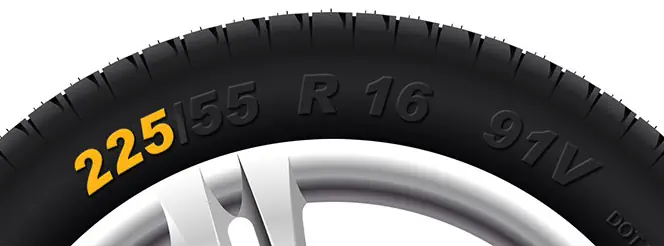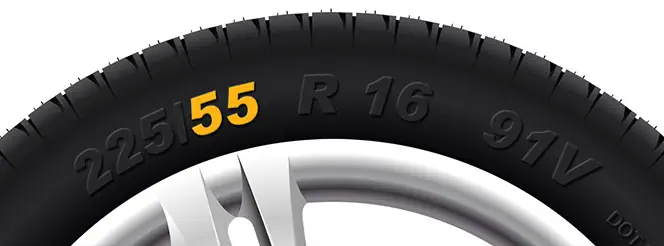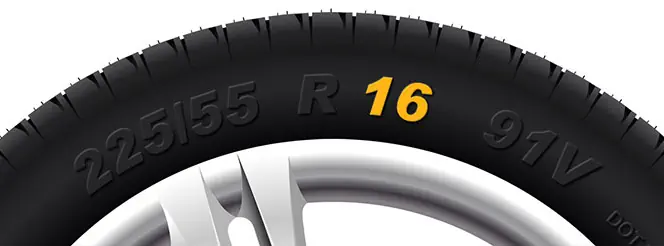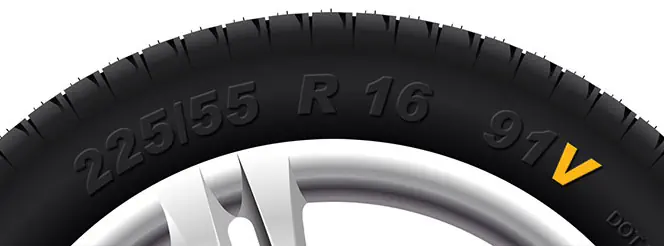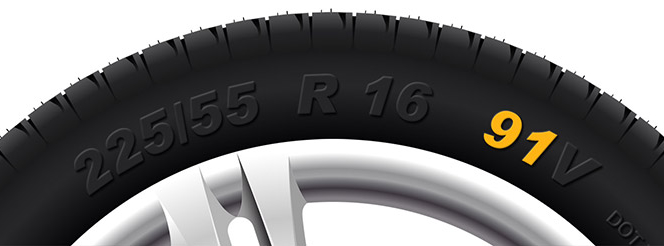What to Do If You Put the Wrong Fuel in Your Car
A 9-step guide to what you do if you put wrong fuel in your car.

- Turn off the engine immediately to prevent the wrong fuel from circulating in the system.
- Avoid inserting the keys in the ignition to stop the fuel pump from priming and moving the fuel.
- Put the car in neutral to easily roll it to a safe location.
- Move the car to a safe place, preferably where you can easily access help without obstructing traffic.
- Call breakdown assistance and explain the situation for professional help.
- Wait for the recovery specialist to arrive and assess the situation, especially if you’ve driven the car.
- Follow the specialist's instructions regarding draining and flushing the fuel system.
- Be prepared for potential towing if the damage is severe and the car needs to be taken to a garage.
- Contact your local Kwik Fit centre for further advice and support if needed.
Putting the wrong fuel in your car can quickly turn a routine visit to the petrol station into a stressful situation. It’s more common than you might think, with many drivers mistakenly filling their tanks with diesel instead of petrol or vice versa. If you notice the error while still at the pump, you can take immediate action to minimise damage. However, if you’ve already driven away, the situation becomes more complicated, and prompt action is essential to prevent serious vehicle issues.
By following these steps, you can reduce the risk of costly repairs and get back on the road safely.
Two types of fuel damage
The wrong fuel damages cars in two main ways:
- Diesel fuel in a petrol-engine vehicle will usually clog up the system quite quickly. Diesel is much more like an oil than petrol is and tends to have a lot of particulate matter in it.
- Petrol in a diesel engine will usually damage a lot of the seals. Diesel tends to lubricate the rubber-based seals in the system, but petrol dissolves them quite quickly.
Turn the engine off and don’t put keys in the ignition
Fuel in the tank isn’t going to cause too much damage until it gets into the rest of the system. The main damage caused is by the fuel pump moving the fuel around the engine system. The pump itself can get damaged by the wrong fuel, but keeping the keys in the ignition, on some vehicles, makes the fuel pump start priming the system.

Put the car into neutral and get it to a safe place
If you’re lucky, you’ll still be at the pump when you realise you’ve been at the wrong pump. The next most important thing is to get the car into neutral and roll it to a safe place. Leaving the car in gear will make it nearly impossible to move, and could also prime the pump to begin circulating fuel as you move the car.
Call breakdown assistance
Then you’ll need to call a breakdown assistance provider and explain that you’ve misfuelled your car. Depending on where you are, waiting times can be around an hour for somebody to get to you. They’ll usually then need to drain and flush the fuel system – with some luck, no damage will have been done!
What if you’ve already started driving?
The damage is likely to be greater if you’ve already started driving, but the remedial process is the same: stop in a safe place, turn the car off, and leave it in neutral.
If the recovery specialist deems the damage to be too great, then towing will have to be arranged so that the engine can be reconditioned in a garage. This, however, can be very time consuming and therefore costly work.
Call your local Kwik Fit centre for advice
While we hope you never find yourself in this situation, if you do, the experts at Kwik Fit are here to help. Our trained technicians understand the complexities of misfuelling and can provide you with the guidance you need to navigate this stressful experience.
Whether you need immediate advice or help with draining and flushing your fuel system, our team has the expertise and tools to address the issue efficiently. We prioritise your safety and your vehicle’s health, minimising potential damage. For more assistance, contact your local Kwik Fit centre for reliable support and expert solutions tailored to your needs, or visit our blog section for more information or book in for your free vehicle health check today.


